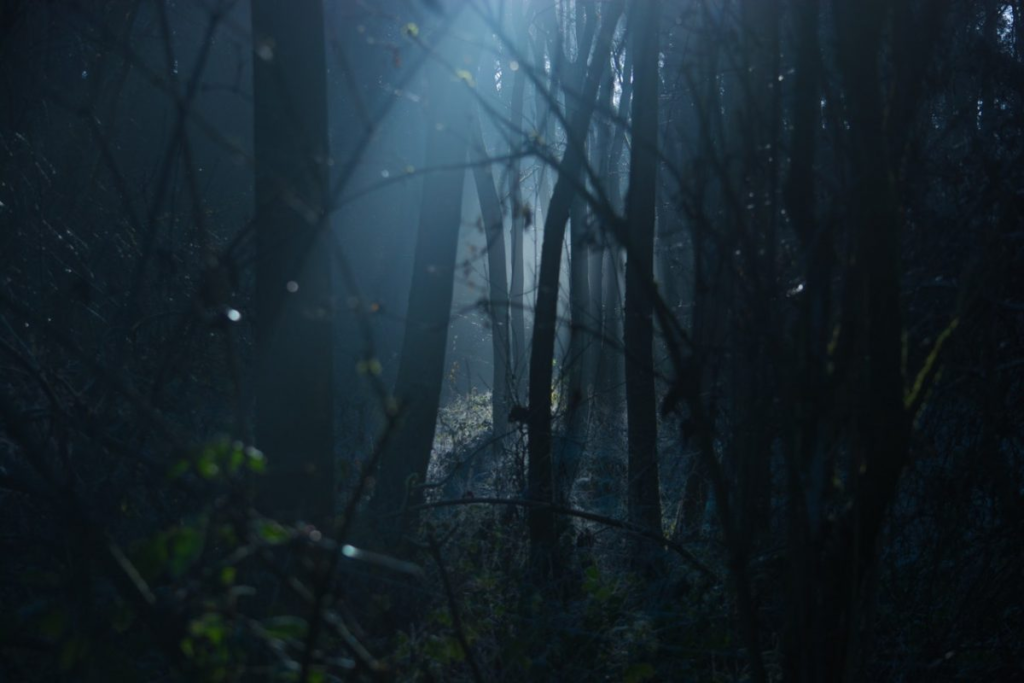Last updated on October 23rd, 2023 at 08:16 pm
Research supports that the gases emitted by cows contribute to global warming, but little has been shared about the negative impact of gases from dead trees.
This phenomenon is generated by rising sea levels, which causes dead trees to emit carbon dioxide, methane and nitrous oxide, and according to a recent study, they could be a serious and overlooked source of emissions.
Contents
Where do dead tree gases come from?
Dead tree gases are located in coastal wetlands, also known as ghost forests, and are areas of forest that quickly became marshes or swamps due to sea level rise, storm surges, floods, or even droughts, all caused by climate change.

These phenomena leave trees poisoned by salt water, as well as ghostly gray trunks protruding from the wetlands, which, according to researchers, emit greenhouse gases.
This is where the term “dead tree gases” comes from, which although it started as a joke to call them that, ended up revealing a chilling reality.
If you think about what a gas is in our bodies, you will know that, like trees, they are produced by microbial communities and expelled into the atmosphere. Melinda Martinez, lead author of the study and a graduate student at North Carolina State University.
According to Martinez, her main goal was to look at these dead trees because most research on tree emissions has focused on the stems of living trees.

More than gases from dead trees
Wetland soils naturally produce CO2, methane and nitrous oxide, and it turns out that those gases travel up and out through the obstacles.
These dead trees are more like filtered straws because microbial communities can change some of the methane, which is 40 times more potent than carbon dioxide, back to CO2.
To measure these emissions, Melinda Martinez, lead author of the study wrapped a flexible chamber around the obstacles creating a seal around the tree.
The gases accumulated inside the chamber and a gas analyzer measured concentrations over time. On the Albemarle-Pamlico Peninsula in North Carolina, where the study was conducted, these gases from dead trees could increase the region’s greenhouse gas emissions by 25%.
Even though these standing dead trees don’t emit as much as soils, they still emit something and should definitely be taken into account. Even the smallest contribution matters, and it is something that should not be overlooked in future estimates.
This is because regional greenhouse gas investigations do not account for emissions from these dead trees, and their contribution to greenhouse gas levels is likely to differ between species and regions.
Can they be stopped?
Melinda Martinez, lead author of the study and a graduate student at North Carolina State University, points out that stopping gases from dead trees is not so easy because even when they die, they become new ecosystems for other species.

These ghost forests are not unique to North Carolina. They exist throughout the southeastern United States, and we expect to see more of these forested wetlands changing as the climate changes and in other parts of the world.
Melinda Martinez, lead author of the study and a graduate student at North Carolina State University.
In fact, other research mentions that even the coldest regions have experienced hot years and forests are suffering. Most worrisome, and according to Henrik Hartmann of the Max Planck Institute for Biogeochemistry in Europe, is that we are approaching a situation where forests cannot acclimate.
There are individual species that are being pushed beyond the threshold of what they can handle.
Henrik Hartmann, Max Planck Institute for Biogeochemistry, Europe.

With this, he simulated changes in forests based on IPCC (Intergovernmental Panel on Climate Change) temperature projections and the results showed that by 2050, normal temperatures in the Southwest could be similar to the rare past heat waves that caused severe droughts that killed trees.
Research indicates that, although it is difficult to make a major change in a short period of time, those emissions that we manage to reduce today will make a big difference.


